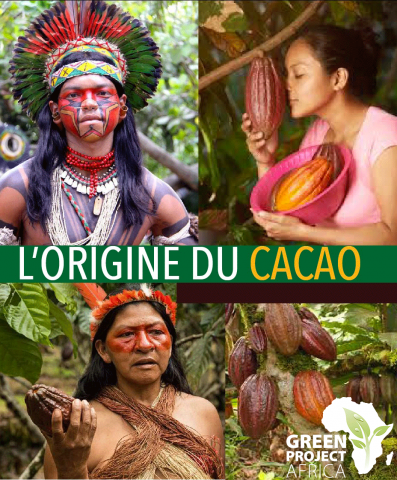
The term cocoa is a loan from the Nahuatl language of the Aztecs.
For thousands of years the Maya and Aztecs cultivated cocoa and made chocolate before the arrival of the Spanish colonists in the 15th century in Latin America. The chocolate drink was reserved for the nobles of the Mayan empire. The Spaniards first encountered the cocoa "Theobroma cacao", (theobroma meaning "food of the gods" in Greek) in the Caribbean in 1495. The first producers at that time were Venezuela, Colombia and Guatemala before its arrival in Africa.
The cocoa tree was introduced from the Gold Coast (now Ghana) to the Ivory Coast towards the end of the 19th century.
The Frenchman Arthur Verdier was the first to really bring value to the region of Assinie (first French trading post in Côte d'Ivoire) from 1870. Under the impetus of Verdier, the first coffee trees were planted in 1881 and cocoa cultivation began at the same time.
The indigenous populations, at first reluctant to this culture that they did not know, started to practice it when they realized the benefits they could get from it.
Little by little, cocoa cultivation became established in Côte d'Ivoire, and from the Indénié and the Lagunes where it was originally confined, it gradually spread to the central and western regions.
The cocoa tree meets in the forest zone of the Ivory Coast excellent conditions of development.
From 1912, cocoa production in Côte d'Ivoire increased slowly but steadily. From 20,954 kilograms at that time, it increased to 420 tons at the end of the war in 1945.
By VALAIRE TEKI.
Executive Director of Green Project Africa.
✅
Downvoting a post can decrease pending rewards and make it less visible. Common reasons:
Submit